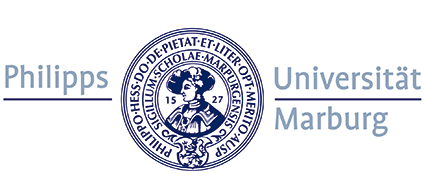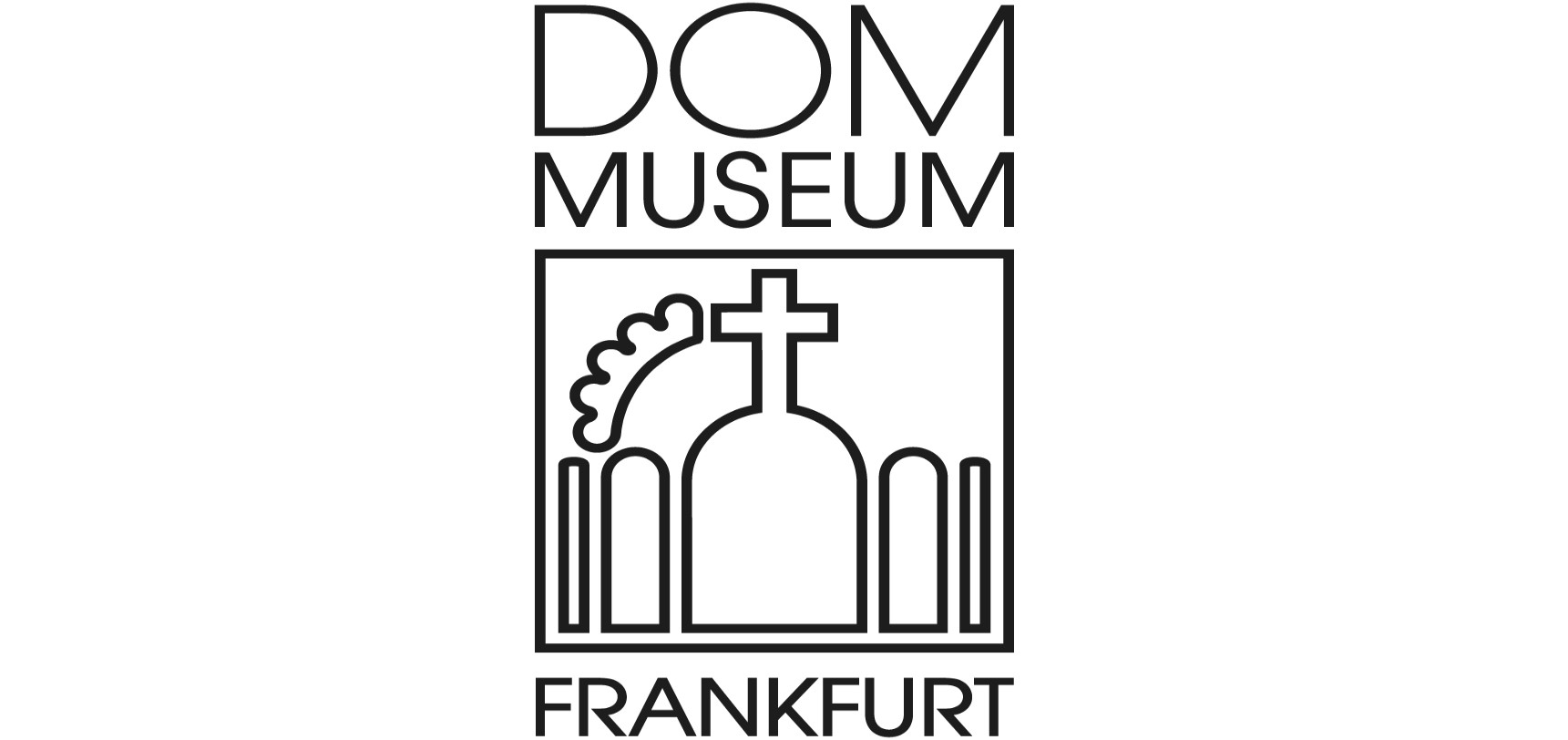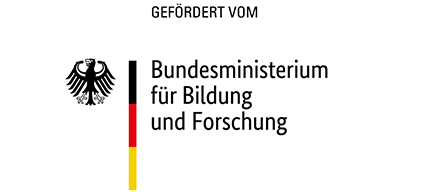Hauptinhalt
Religious Materials - REDIM Conference 2021
Information on the final conference
RELIGIOUS MATERIALS: EMIC PERSPECTIVES – ETIC CONSTRUCTIONS – MUSEUM CLASSIFICATIONS
About
About the Conference
The Final Conference for the Research Network “Dynamics of Religious Things in Museums” (REDIM)Religious Materials: Emic Perspectives – Etic Constructions – Museum Classifications
3rd – 5th June 2021Religious materials are objects in diverse contexts: religious beliefs and practices; academic research and theories; as well as museum inventories, restorations, and displays. As different as these contexts may seem, they are intimately entangled: Academic research claims to reconstruct religious contexts (emic perspective) from an outsider’s position, to analyse them, and eventually to make them comprehensible to others. In doing so, researchers create a network of terms and concepts, in order to systematically capture emic perspectives, their conditions, and their consequences, in a way that is academically accessible. They thereby create their own interpretation of reality (etic construction). However, research not only takes place in the religious field, but also may refer to religious objects in the museum. Museums, in turn, make reference to both religious contexts and academic research. For example, in determining whether an object is religious and, if so, to which religious tradition it is assigned (museum classifications), museum staff rely both on observation of everyday religious life, as well as on insights and concepts from research. Furthermore, they also reflect on these when exhibiting religious materials. It should be recognised that neither research nor museums are free of individual, socio-politically motivated premises. Religious materials thus always exist in relation to various actors – to those who use them, who research them, who exhibit and view them – and this relation, in turn, results in its own particular dynamics, depending on the context.
With their exhibitions and other offerings, museums have an impact on society. They offer elements of socially interpretative repertoires (Bräunlein 2012, te Heesen/Vöhringer 2014). This also includes religious individuals and groups receiving academic research, and relating to museums and their objects. For some, museums become places of identity and community building – for others, museums are places of injustice. In some cases, looted objects are returned to their countries of origin. Against the background of the latter, the understanding of the function of museums has changed in recent years: While museums in the 19th and 20th centuries were seen primarily as archives and preservers of a so-called cultural heritage (old museology), in new museology they are understood as social, fluid spaces (Cameron 2013, Gonçalves 2019) that are open to processes of negotiation and encounter.
Religious materials, as well as their collection and exhibition, reflect all these dynamics. Nevertheless, it is important to note that religious materials are not simply points of reflection, and thus passive objects. From a religious perspective, materials can be living and active subjects. This emic perspective is increasingly taken into account in academic research, and is partly integrated into its theoretical approaches (Hazard 2013). In the museum, the question arises of how to deal with objects that are, from certain perspectives, real and/or imbued with life. At the very least, museums are faced with the challenge of appropriately presenting this perspective – the living contexts of the objects and the dynamics associated with them – in an apparently static, and often secularly framed, place. This means that museums have to deal with both emic and etic perspectives and demands. The conference focuses on the dynamic entanglement of religious materials.This online conference sheds light on the process of REDIM research and its results. At the same time, it also provides a platform for current international research on the entanglements between religious artefacts and practices, museum exhibitions and political settings. Additionally, the public is invited to participate in various events. In doing so, REDIM’s final conference creates a space for exchange and critical reflection as well as another starting point for scholarly innovation and public debate on the various social meanings of religious materials.
About REDIM
Since 2018, the interdisciplinary collaborative project “Dynamics of Religious Things in Museums” (REDIM) has examined how religious things are dealt with in the museum, how religions are exhibited in the museum, and how museum presentations influence the perception of religions in society.Research has been carried out in Frankfurt, Leipzig and Marburg as well as in Iran and Japan. Various institutions have been involved, including the Dommuseum in Frankfurt/Main, the Grassi Museum für Völkerkunde in Leipzig, the Religionskundliche Sammlung (Museum of Religions) and the Zentrum für interdisziplinäre Religionsforschung (ZIR) in Marburg as well as the departments of History of Religion and the Study of Religions at the University of Marburg. An international and interdisciplinary advisory board has supported the project.
REDIM has been funded by the Federal Ministry of Education and Research (BMBF) within the funding line “The Language of Objects – Material Culture in the Context of Social Developments”.
Locations ans Proceedings
Before the Conference
From the 17th until the 30th of May, you can watch or listen to the submitted contributions on our REDIM blog under the category “Conference Video Panels”. Please, comment on the contributions on the video blog during this period!
Conference Venue
Panels:
The panel discussions of the conference from 3rd to 5th June will be held in BigBlueButton.
Go to BigBlueButton by clicking here
(In case of an overload or a network failure of BigBlueButton, which terminates the conference, we will ask you to meet in the Cisco Webex conference room mentioned below.)Events
In addition to the panels, several events will also take place as part of the REDIM final conference. All registered participants are invited to participate in these events. These include two keynote lectures, an event chaired by the REDIM museums and collections as well as a round table discussion.
These events will take place publicly via Cisco Webex:
Go to Cisco Webex by clicking here
During the Conference
Wonder.me:
Throughout the conference, a Wonder.me room will be available for you to enter and meet other participants. Wonder.me is a virtual room in which you can move around freely and meet new people. Here you can join other participants or groups for interesting conversations, networking or simply to chat.Slack:
During the conference, you will also be able to communicate with each other via a Slack channel. To do so, follow the invitation you received by email from the organisers.
Slack is a channel-based communication platform. It is comparable to Skype, for example. If you use Slack during the video phase and the live phase of the conference, you can communicate in real-time with other participants and the conference team. You will be able to discuss the topics of the conference or ask questions on the channels we have set up. In addition, the programme offers you the opportunity to get in touch with all registered participants. Write a message to someone you know, or arrange to meet in Wonder.me. Or if you have an important question for one of the previous day’s speakers, you can write to them here.To request the access data, you need to register for the conference before 30th May 2021. To register, write an email to the organiser: ramona.jelinekmenke@uni-marburg.de
Agenda
Abstracts
Events
Keynote Lecture
Prof. Dr. Sonia HazardKeynote Lecture Thursday, 03/June/2021, 05:00pm – 06:30pm, Cisco Webex
The Case of the “Gold Plates”: How Ordinary Material Objects Sparked a Religious Revolution.
Abstract:
Did Joseph Smith, the founder of Mormonism, really find “gold plates”? In this talk, I will reconsider the question of the plates—the enigmatic material artifacts at the center of America’s most famous homegrown religion—using methods inspired by new materialism and actor-network theory. The answer is yes, Smith (and possibly a group of witnesses) had a formative bodily encounter with a set of plates, and that this encounter was partly responsible for provoking Mormonism’s development. These plates could have been either stereotype plates or copper plates, both commonly used for industrial printing in the nineteenth-century United States. I will offer this historical investigation as an occasion to reflect theoretically on the implications on material religion scholarship when we expand the concept of “agency” to include nonhuman actors. I will also take the first steps toward a case for the value of borrowing “emic theory” from within certain religious traditions (including Mormonism) that possess robust understandings of more-than-human material forces.Insights
“Curtain Up! Insights into the Three Participating Museums”Friday, 04/June/2021, 12:45pm – 13:45pm, Cisco Webex
Three museums are involved in REDIM: The Dommuseum in Frankfurt/Main, the Grassi Museum für Völkerkunde zu Leipzig and the Religionskundliche Sammlung at the Philipps-Universität Marburg. At this event, directors and curators respectively will show you short films and give you insights into their object collections and exhibitions as far as they were influenced by the REDIM-project. Additionally, there will be time to talk to directors and the curator.
(The event will be open to the public and the event language will be German.)
„Vorhang auf! Einblicke in die drei beteiligten Museen“
Drei Museen sind an REDIM beteiligt: Das Dommuseum in Frankfurt am Main, das Grassi Museum für Völkerkunde zu Leipzig und die Religionskundliche Sammlung an der Philipps-Universität Marburg. Bei dieser Veranstaltung zeigen Ihnen die Direktoren bzw. Kuratoren Kurzfilme und geben Ihnen Einblicke in ihre Objektsammlungen und Ausstellungen, soweit sie durch das REDIM-Projekt beeinflusst wurden. Zusätzlich wird es Zeit geben, mit den Direktorinnen und der Kuratorin zu sprechen.
Round Table
“Challenges, Processes and Findings in the Research of Religious Things in the Museum.”Friday, 04/June/2021, 04:15pm – 05:45pm, Cisco Webex
REDIM academic staff discuss their experiences in research with Prof. Dr. Edith Franke, spokesperson of the project.
(The event will be open to the public and the event language will be German.)
„Herausforderungen, Wege und Erkenntnisse in der Forschung – religiöse Artefakte im Museum“
Die wissenschaftlichen Mitarbeiter/innen von REDIM diskutieren mit Prof. Dr. Edith Franke, Sprecherin des Projekts über ihre Erfahrungen in der Forschung zu religiösen Dingen im Museum.
Keynote Lecture
Nanette J. SnoepKeynote Lecture Friday, 04/June/2021, 06:15pm -07:45pm, Cisco Webex
RE:ANIMA – Wenn Objekte im Museum zum Leben erwachen
Speakers and REDIM Projekt Partners
Report REDIM Conference



